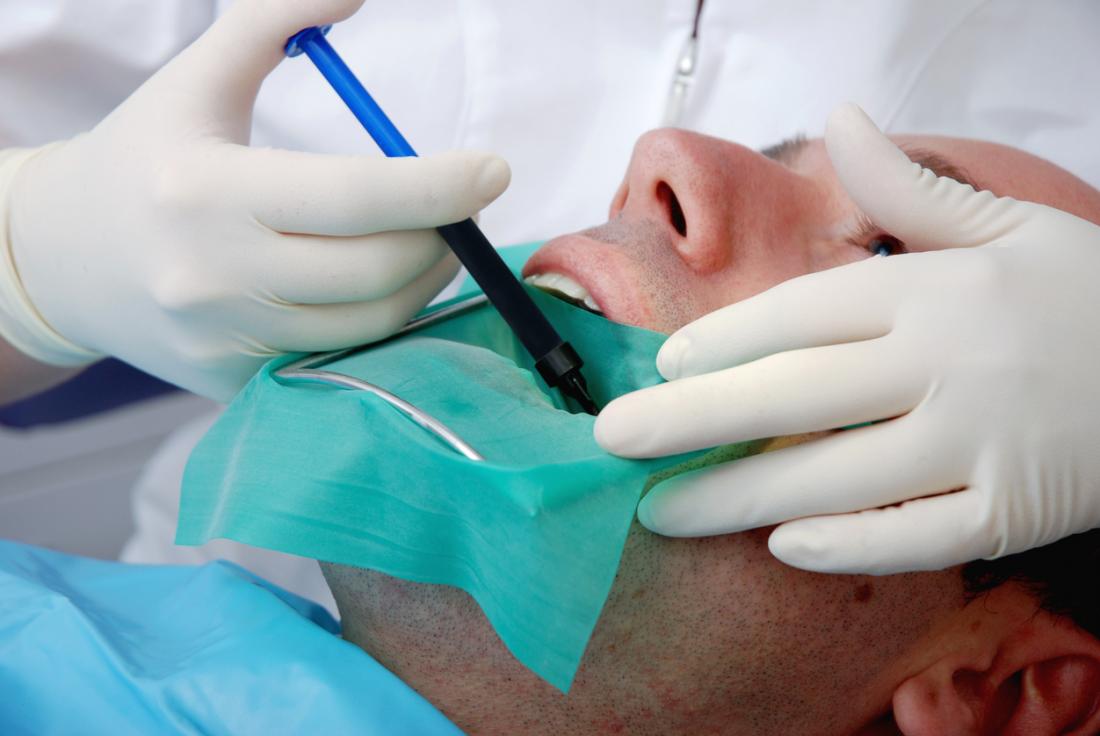
Tooth extractions are common dental procedures performed to remove damaged, decayed, or problematic teeth. Whether it’s due to severe decay, infection, or crowding, extractions help maintain oral health and prevent further complications. This guide covers everything you need to know about tooth extractions, including types, benefits, risks, and aftercare tips.
Why Are Tooth Extractions Necessary?
Dentists may recommend tooth extractions for several reasons:
1. Severe Tooth Decay
When cavities penetrate deep into the tooth and compromise its structure, removal may be necessary to prevent infection from spreading.
2. Gum Disease
Advanced periodontal disease can loosen teeth, making extractions necessary to protect surrounding healthy teeth and gums.
3. Overcrowding
Some people have extra teeth or lack space for proper alignment, requiring extractions to make room for orthodontic treatment.
4. Impacted Teeth
Wisdom teeth are often removed if they are trapped beneath the gums, causing pain or potential infection.
5. Infection or Abscess
Severe infections that do not respond to antibiotics or root canal treatments may require extraction.
Types of Tooth Extractions
There are two main types of extractions:
1. Simple Extraction
Performed on visible teeth using forceps and a local anesthetic.
2. Surgical Extraction
A more complex procedure where an incision is made to remove a tooth, often necessary for impacted teeth.
What to Expect During a Tooth Extraction
Step 1: Examination and X-rays
Your dentist will assess the tooth using X-rays to determine the best extraction method.
Step 2: Anesthesia Administration
Local anesthesia is applied to numb the area. For surgical extractions, sedation or general anesthesia may be used.
Step 3: Tooth Removal
The dentist will loosen the tooth using specialized instruments and remove it carefully to avoid damage to surrounding tissues.
Step 4: Post-Extraction Care
A gauze pad is placed to control bleeding, and aftercare instructions are provided.
Recovery and Aftercare Tips
Proper aftercare ensures a smooth recovery:
1. Bite on Gauze to Stop Bleeding
Keep firm pressure on the gauze for at least 30-45 minutes.
2. Apply Ice Packs
Reduce swelling by applying ice packs in 15-minute intervals.
3. Avoid Straws and Smoking
Suction can dislodge the blood clot, leading to a painful condition called dry socket.
4. Eat Soft Foods
Stick to yogurt, soup, mashed potatoes, and other soft foods for the first few days.
5. Maintain Oral Hygiene
Gently rinse with warm salt water and avoid brushing the extraction site for 24 hours.
Risks and Complications
While extractions are safe, potential risks include:
- Dry Socket: Occurs when the blood clot dislodges, exposing the bone.
- Infection: Symptoms include swelling, fever, and persistent pain.
- Nerve Damage: Rare but possible in wisdom tooth extractions.
- Prolonged Bleeding: If bleeding persists, contact your dentist immediately.
Replacing Extracted Teeth
Depending on the extracted tooth, your dentist may recommend replacement options:
- Dental Implants: A permanent solution that mimics natural teeth.
- Bridges: Fills gaps using adjacent teeth for support.
- Dentures: A removable option for multiple missing teeth.
Conclusion
Tooth extractions are sometimes necessary for maintaining oral health. Understanding the procedure, risks, and aftercare ensures a smooth recovery and prevents complications. If you need a tooth extraction, consult your dentist to discuss the best treatment options for your situation.